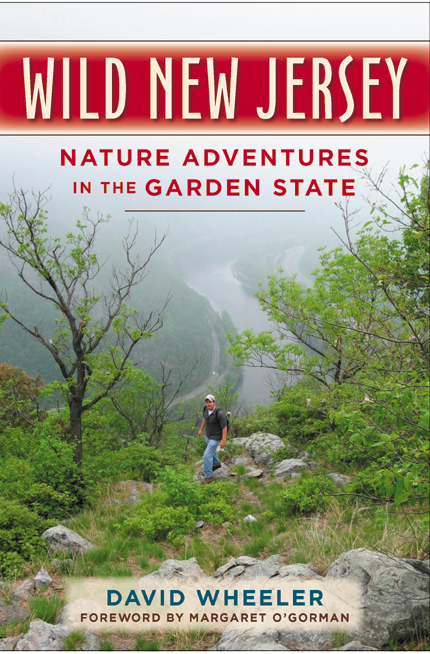The Return Of Piping Plovers
by Todd Pover, Senior Wildlife Biologist

Any day now the first piping plover will be returning to New Jersey to nest. It will likely return to the same beach it nested on in previous years, possibly even the same part of the beach. It will be coming from the same wintering location it used in the past. And it probably even used the same stopover sites during migration. This attachment to place or “site fidelity” is one of the marvels of the birding world, not unique to plovers.
In some ways, it’s not so different for us. We order pizza from the same restaurant, time after time. Many of us vacation in the same place, year after year. And yes, we have been known to repeatedly visit our favorite beach. My parents took my sister and I to the beach at Seaside Heights for summer vacation every year when we were growing up. We went on the beach at the same street access, laid our blanket out at pretty much the same spot, ate at the same place on the boardwalk, EVERY time. It wasn’t until I became an adult that I realized I could travel or vacation elsewhere, and so I began visiting places far away, first Los Angeles and the Pacific Ocean, then the desert Southwest, and onto a lifetime of travel to “far flung” places.
And this is where the analogy with piping plovers ends. Plovers don’t travel on a whim. They can’t decide to fly to the west coast this year instead of their usual Atlantic Coast breeding locales. They are hard-wired for efficiency, their behavior is driven by survival and maximizing reproductive success. They return to the same beach because they know there is suitable nesting habitat and good foraging opportunities there, and “knowing that ahead of time” gives them a breeding advantage over other, younger plovers looking for and trying to establish new territories.
Piping plovers do have some capacity for change. They can shift locations if needed, especially if there is a significant alteration to their existing habitat, severe beach erosion, for example, or if they lose a mate in a given year and need to find a new one. There are, however, limits to this. They are “specialists” that require specific habitats and conditions. Furthermore, recent research on the wintering grounds suggest they will remain at the same location even if it is highly disturbed, and even if it negatively impacts their fitness. So, site fidelity usually trumps other factors.
Of course, all of this has conservation implications. Here in New Jersey, development at or near the beach has already limited both the amount and quality of beach habitat available for them to breed. Even if they wanted to “travel elsewhere” they don’t really have an option of other suitable places to go. And, the beaches remaining for them to use, with rare exceptions, are busy with people, which is not a good recipe for a species highly vulnerable to human disturbance. Still, given what we know about site fidelity, our best option is to “pull out all the stops”, put the strongest protection measures in place, at the sites that are left for them to nest.
This is what keeps me up at night, even after more than 25 years on the job. New Jersey is a tough place for piping plovers to succeed. It is not necessarily a losing battle, but it hasn’t always been a winning one either. As I gear up for another breeding season, I know that I and the dedicated community of other plover monitors will do everything we can to protect them and try to secure their future. But…we need your help too. Stay out of the fence or barriers erected to protect their nests, leave your dog at home, off of nesting beaches, and keep your distance when flightless chicks move outside the fence to feed at the waterline. Please enjoy them, but carefully and at a distance.

This reminds me of the lessons we’ve learned with the Covid pandemic this past year. We can’t beat it alone; we need to work together. We have to take actions that help each other, not just ourselves. This is the model for piping plover conservation too. We will keep protecting them, but ultimately, we need everyone’s help if piping plovers are going to succeed and eventually recover.
Join me on Team Plover!


















